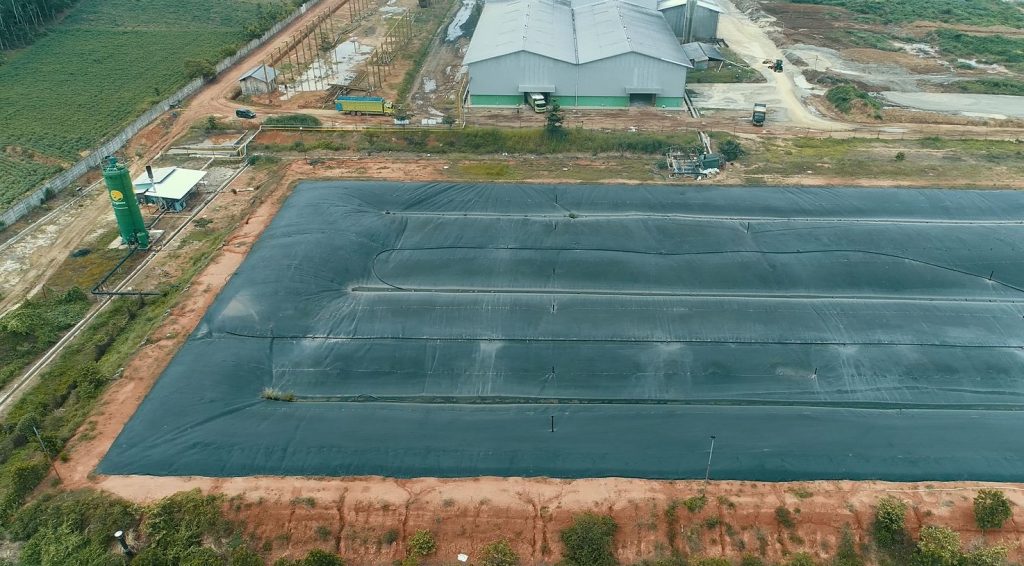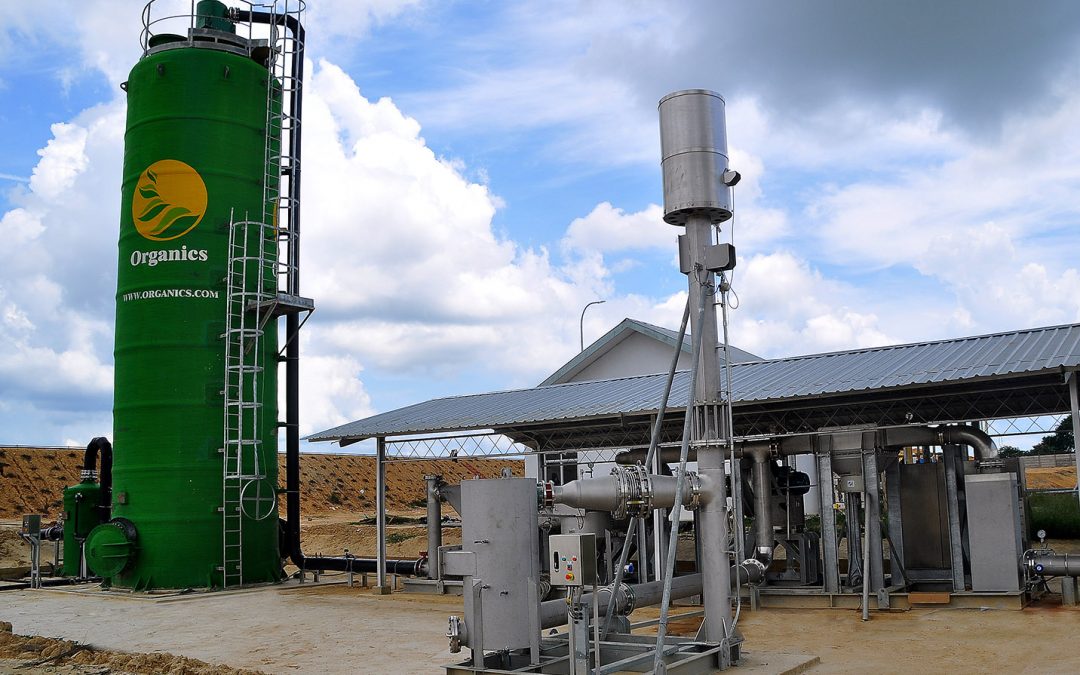H2S management is the most commonly used adsorption method for H2S removal from biogas, and it is often a crucial feature in ensuring the success of biogas-to-energy projects. Choosing the best adsorbent for hydrogen sulphide (H2S) removal from biogas is a key aspect of the management of biogas projects. H2S is intrinsically corrosive and an extreme health hazard that can pose a severe threat, not only to the operators of a biogas plant, but also to the bottom-line profitability of the operation. Failure to assess the level of the threat and to take adequate steps to mitigate its effects, will result in serious problems at some stage during the lifetime of the project.

The position has become increasingly pertinent during the last few years with the exponential increase in the deployment of organic waste management techniques that use anaerobic digestion as a mechanism to remove organic material from the landfill sites, with all the consequences for greenhouse gas emissions and contamination, and to convert what has been traditionally seen as waste into a resource.
The position has become increasingly pertinent during the last few years with the exponential increase in the deployment of organic waste management techniques that use anaerobic digestion. This process serves as a mechanism to remove organic material from landfill sites, thereby mitigating the consequences of greenhouse gas emissions and contamination. Moreover, anaerobic digestion enables the conversion of what has been traditionally seen as waste into a valuable resource. By utilising this technique, organic waste that would otherwise contribute to environmental problems in landfills can be transformed into useful products, such as biogas or fertiliser, thus promoting a more sustainable approach to waste management.
Hydrogen sulphide is produced by sulphate-reducing bacteria under anaerobic conditions. In anaerobic digestion processes, hydrogen sulphide cannot only create an aggressive environment for any metal surface; it can also poison or reduce the effectiveness of the entire process.
There are several technologies that have been applied to control hydrogen sulphide from anaerobic digestion. These range from water-scrubbing to liquid oxidant scrubbers, reduction reactors, the use of activated carbon absorbers, and ferric or zinc oxide beds. To remove H2S from biogas, one of the preferred options is based on the use of sodium hydroxide (caustic soda) solutions, sodium hydroxide solutions or liquid amines. The former two options have the advantage of simplicity and lower capital cost, whereas the latter is selected when operational simplicity is required.

Another successful technology for managing H2S is the use of biological methods. The main advantage of bio-scrubbing is that, in most circumstances, there is no cost incurred for chemical additions, and the bacteria involved (genera thiobacillus) are ubiquitous. If the correct environmental conditions are maintained, the bacteria will function reliably and predictably in H2S removal. This type of technology has been successfully employed on urban or industrial wastewater plants where anaerobic digestion of the effluent produces large volumes of H2S-contaminated biogas. For more information on H2S removal from Biogas, contact us today.

